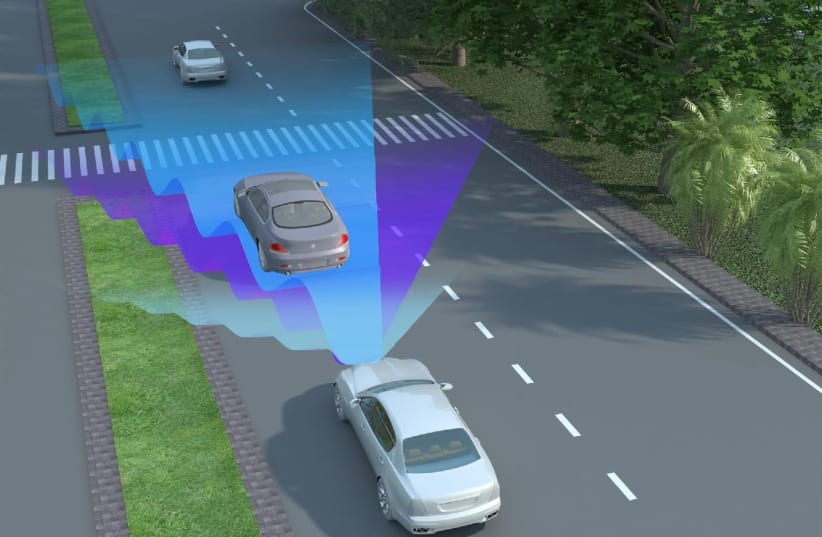Radar research could offer breakthrough for autonomous vehicle technology
The research shows low bandwith radars can achieve similar performance to high bandwith radars, but at a lower cost and without broadband signals, which could help autonomous vehicles.

